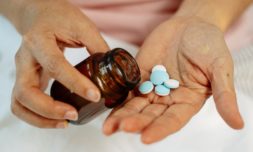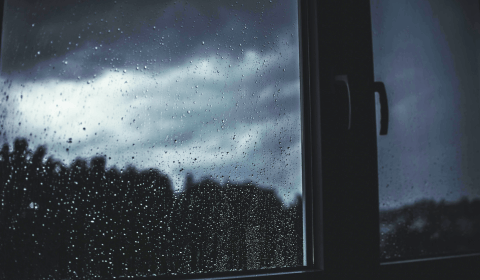Women are disproportionately suffering from a lack of medical attention, facing difficulties seeking treatment for painful symptoms and having their needs misunderstood. In a supposedly developed world, we are consistently letting women down by failing to close the gender health gap.
From Queen Elizabeth I’s white face makeup – which she used to cover smallpox scarring – to well-known modern-day lipstick brands including Mac, L’Oreal, and Maybelline, beauty products sold to women have been found to contain dangerous levels of harmful materials like lead.
And if it wasn’t bad enough that what we apply externally has the potential to cause lasting damage, even sanitary products such as tampons, intended for internal use, aren’t free from toxic contaminants.
Given the ‘skin of the vagina has a higher potential for chemical absorption than skin elsewhere on the body’ (according to a Berkeley Public Health study), this is particularly scary.
It means that metals like lead, arsenic, and cadmium could be entering our blood streams through the very things we use to regulate blood flow. And here we are finally rejoicing that we no longer have to pay a tampon tax.
Oh the joys of menstruation!
Thanks to the rapid development of industry and technology at the expense of human wellbeing, the majority of us now live in a world in which ‘toxic metals are ubiquitous.’ Consequently, it’s common to be ‘exposed to low levels at any given time.’
It’s unclear whether harmful materials have intentionally been added to tampons during manufacture as part of a pigment, or whether the cotton they’re made of has somehow absorbed them, but the toxic contaminants are there – and that’s deeply concerning.
Kathrin Schilling, the study’s co-author, has emphasised that those who menstruate ‘might be at higher risk for exposure using these [menstrual] products.’
And as lead author, Jenni A Shearston, revealed: ‘to our knowledge, this is the first paper to measure metals in tampons.’
Although Queen Elizabeth I’s premature death from blood poisoning caused by the lead in her makeup (called the ‘Venetian curse’) is tragic, it’s understandable because such risks were unknown during the 16th century.
Even more so when you consider that men have also fallen victim to the absence of medical research and healthcare throughout history, with Francisco Goya’s colic, deafness, and paralysis and Michelangelo Buonarroti’s saturnine gout and mental disturbances likely to have been the direct result of lead poisoning.
@historyunleashedofficial The Toxic Beauty of Queen Elizabeth I’s #QueenElizabethI #History #HistoryFacts #HistoricalTrivia #InterestingHistory Queen Elizabeth I, renowned for her porcelain-like beauty, unknowingly fostered her own downfall. Her appearance, scarred by smallpox, led her to Venetian ceruse – a makeup mixture filled with white lead and vinegar. This pallor, coupled with her vibrant red lips, painted with cinnabar – a mercury-laden mineral – completed her signature look. But this regal image held a fatal secret. As the years of her reign unfolded, the queen exhibited signs of mercury poisoning, such as memory loss, irritability, and depression. Tragically, her quest for eternal beauty may have led her to inadvertently pen a lethal prescription. #ToxicBeauty #MakeupHistory #MercuryPoisoning #LeadPoisoning #Cinnabar #VenetianCeruse #BeautySecrets #DangerousBeauty #RoyalSecrets #BritishMonarchy #ElizabethanEra #ToxicMakeup #BeautyRisks #HiddenDangers #QueenElizabeth #HistoryBuff #BeautyFacts #RedLips #BeautyAndHealth #HistoricalFacts #RoyalBeauty #QueensStory #ToxicLipstick #HistoryLesson #BeautyTrivia #ToxicCosmetics #BeautyRegimen ♬ original sound – History Unleashed
Medical negligence is a class and gender issue
Some five centuries later, little has changed.
As Caroline Criado Perez has identified in her book exploring the gender health gap, Invisible Women: Exposing Data Bias in a World Designed for Men, there exists a huge historical data rift when it comes to female bodies.
The fact that men outnumbered women 3:1 in 31 medical trials for congestive heart failure over 15 years (according to the World Economic Forum) is a prime example of this.
Likewise, it’s easy to think of women dying in childbirth or during pregnancy as a tragic trope from centuries ago. In the 17th century, maternal mortality was at its highest rate at around 1.7 percent of women.
Recent statistics from the World Health Organisation make clear that maternal mortality still affects far too many people who get pregnant, however.
Almost 800 women died from preventable causes related to pregnancy and childbirth in 2020.
Not only this, but of all the maternal deaths that were recorded in 2020, more than 90 per cent of them occurred in low and lower middle-income countries.


















